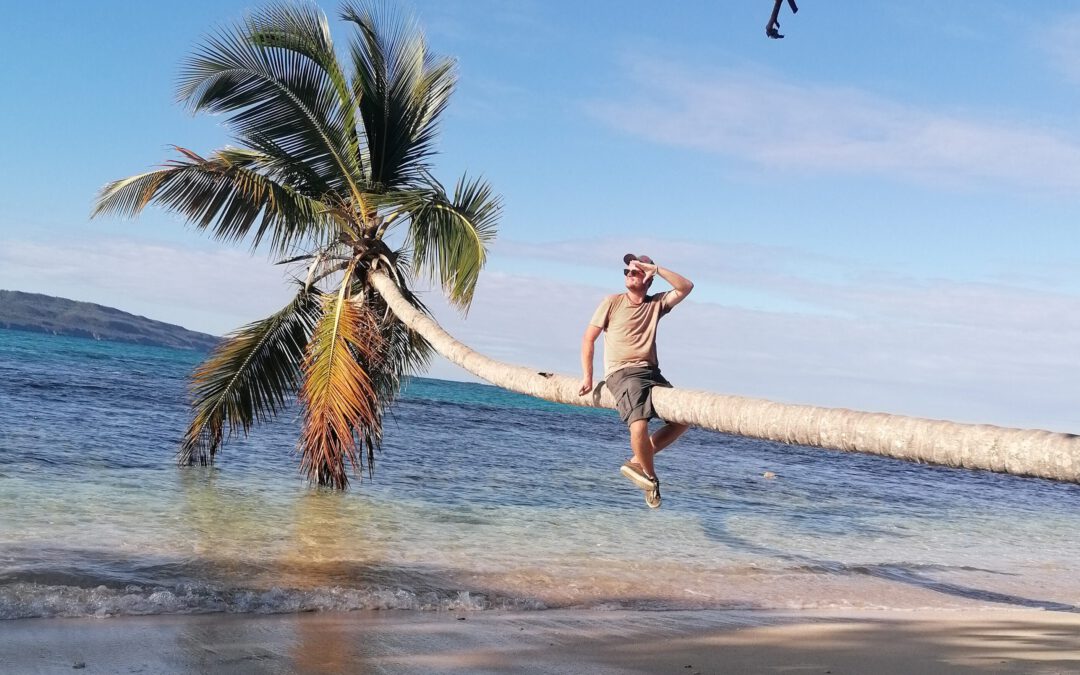In this blog post, you can expect a short introduction to the history of the Hispaniola Peninsula and the two countries Haiti and Dom Rep. In addition, I describe my impressions of this exciting country, which go far beyond pure tourism. Enjoy reading!
When I arrived in the Dominican Republic on 6 March, I was overwhelmed and super happy for several reasons:
Firstly, I had achieved what I had set out to do: hitchhike across the Atlantic to Latin America. Secondly, I was finally in a place where Spanish was spoken and I immediately felt super comfortable and enjoyed every word the Dominicans spoke. Moreover, the Dominican Republic is a country that is beautiful and exciting in many ways, as I was able to confirm over the next 10 days!
Today, the Dom Rep is primarily known for its beaches and all-inclusive holidays. I can confirm the part about the beaches, but I avoided the luxury resorts. Fortunately, there are many quite unspoilt places and I was able to hike to 8 beaches in the northeast near Las Galeras, for example, and one was really more beautiful than the other.
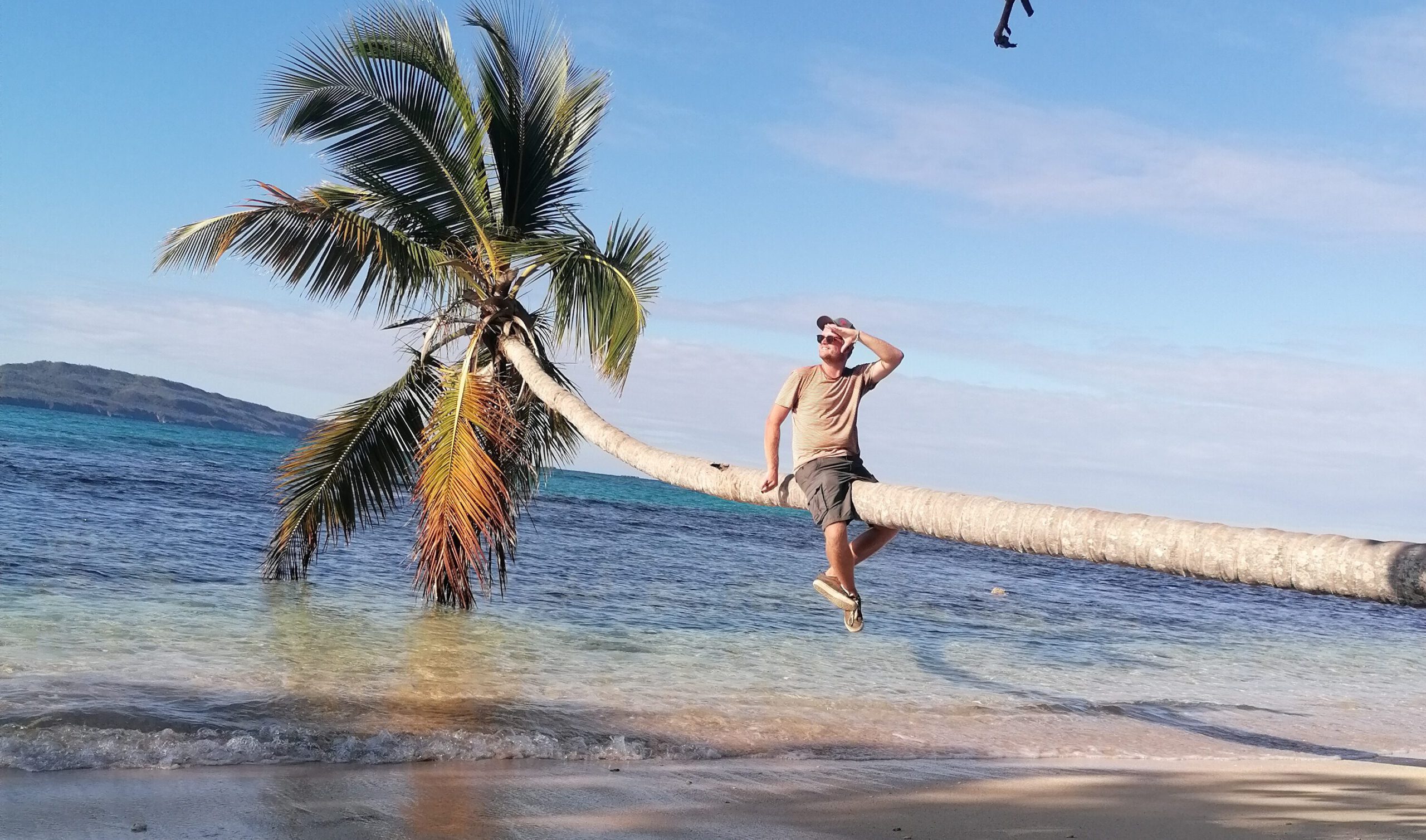




But the Dominican Republic is much more than just its beaches full of palm trees (which, by the way, do not originally grow in the Caribbean, but neither do sugar cane and many other plants).
The country is also extremely exciting from a historical and political point of view! I’ve already come from an island that is split into two countries – St. Martin is even the smallest. And on the island of Hispaniola there is also the country of Haiti, in addition to the Dominican Republic. However, the relationship between these two countries is infinitely more complicated than on St. Martin. As you can imagine, things were different before colonisation. As on many other Caribbean islands, the Arawak and Carib tribes were the main inhabitants of Hispaniola when the Spanish conquered the island in the 1500s and quickly reduced the number of indigenous people through warfare and, above all, the introduction of diseases.
In fact, Hispaniola was the first island on which Christopher Columbus founded a colony. On his first voyage of conquest, he had a small settlement called La Navidad built from a shipwreck of his fleet with the help of the Arawak, and 40 Spaniards stayed there. Through violence and looting, they turned the Arawak against themselves, so that La Navidad was wiped out when Columbus and co returned. After Columbus’ second voyage, his brother Bartomoleo established the settlement of Santo Domingo, today the capital of the Dominican Republic. Because of its geographical location, Hispaniola remained the most important hub for further conquests of the American continent and is still the largest city in the Caribbean today.
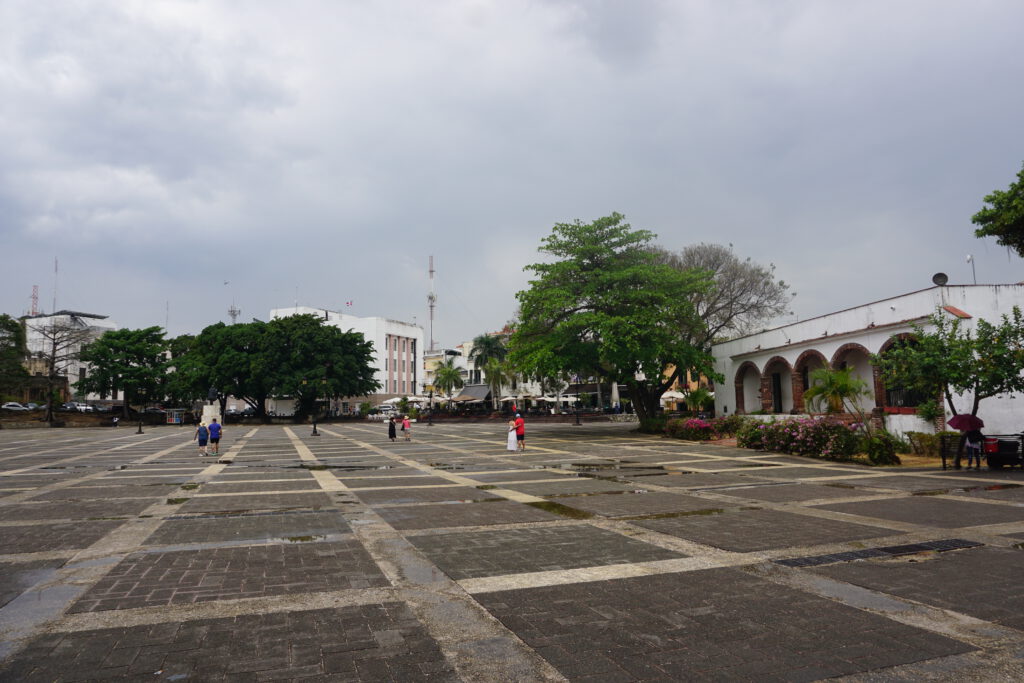

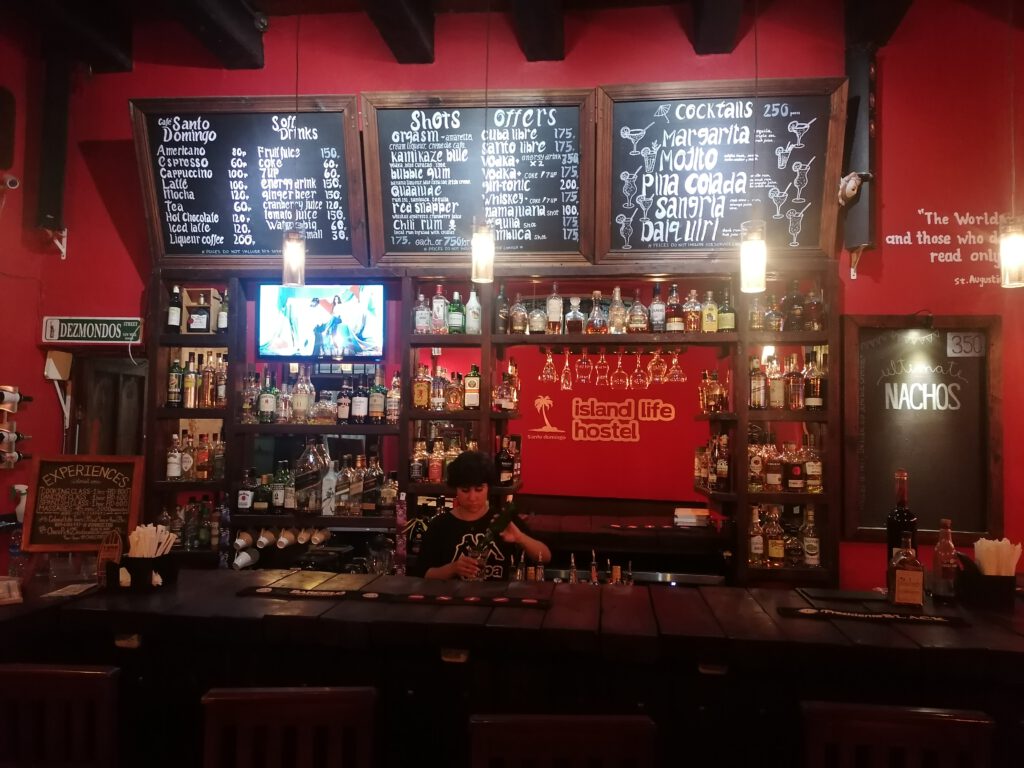

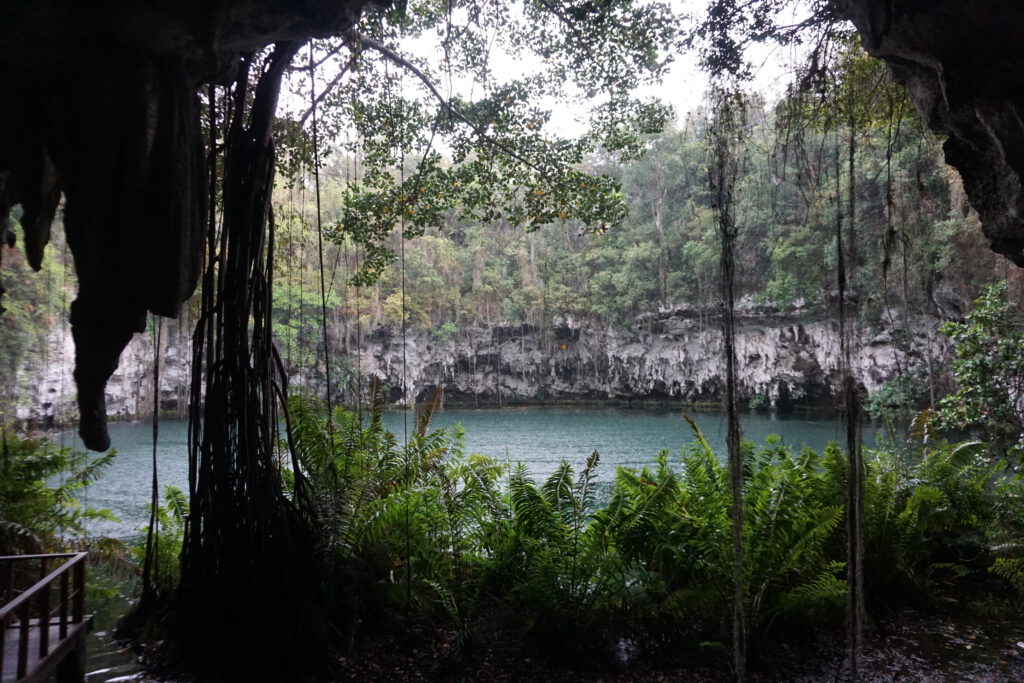
During my stay, I was able to explore Santo Domingo and also visited some colonial buildings and museums. While in the small museum Cazar de Colón not a word is said about the exploitation by the Spaniards, in the Casa Reales you can read clear criticism in some places, for example of Columbus’ character. Overall, however, my impression was that the perspective of the indigenous people is rather neglected in this museum as well, and a large part of the space is used to show some colonial objects.
Otherwise, I had a great time in Santo Domingo. Everywhere in the Dom Rep you can feel Latino vibes pulsating in the form of music, dance and noise, and the capital is clearly the heart where all these currents converge and are pumped out again.
In addition to reggaeton, the new music genre of dembow, which originated in a ghetto of Santo Domingo, can be heard again and again, especially in the capital. While the middle class celebrates this success from the ghetto, the upper class keeps its distance – which makes Dembow super likeable for me.
But not only the old town, the nightlife and the cool hostel (with its own bar, darts and billiards) where I stayed have something to offer. Just outside the city there is a small park with the underground caves “Tres Ojos”, which are really impressive and recommendable.
But what is it about the division of the island?
Soon after the oppression of the indigenous population, trade began to flourish on the island. The Spaniards exploited the remaining Arawak, had them dig gold and grow sugar cane. As the population rapidly declined due to the introduced diseases etc., African slaves were brought to Hispaniola to replace the labour force.
The many expensive goods such as gold or sugar attracted countless pirates in the following decades and centuries. From 1625, a handful of them settled and asked France for support. After some military conflicts and back and forth, the Spanish crown finally ceded the western part of the island – today’s Haiti – to France in 1697. Spain, however, kept the much larger part. In the following centuries, the population of the island suffered from constant attacks by pirates, wars within the island and changes of ownership due to attacks from outside. At times, the island fell completely into French hands without losing Spanish influence.
At the end of the 18th century, the island gained quasi-complete independence, only to join forces with the French against the English and Spanish a short time later. Shortly after slavery was abolished, Napoleon’s troops invaded and reintroduced it.
In 1804, Saint Domingue (now Haiti) achieved independence. Throughout history and through the many exploitations and wars, the eastern part in particular has been enormously battered. The fact that Haiti was isolated from the USA, together with other reasons, led to the fact that Haiti is now in a severe crisis and poverty is rampant. The earthquake in 2010 did the rest. There are many gangs and a very high crime rate. The German Foreign Office currently strongly advises against travelling to Haiti and has temporarily closed the embassy. I therefore decided not to travel to Haiti. I would have liked to visit the country myself and would have had a shorter trip to Cuba from there, but the warnings are so insistent that they are hard to ignore.
Time and again there have been wars between different population groups or different parts of the island.
Then, in 1844, the eastern part proclaimed its independence with roughly the borders of 1697. The Dominican Republic was born, but it was constantly attacked by Haiti, especially in the first decades. For a few years in the 1860s, they aligned themselves again with the Spanish crown in order to repel the attacks with its support.
Then, at the beginning of the 20th century, the nearby USA intervened in the Dom Rep because of an increasingly complicated economic situation and had the country under its control from 1916 to 1924. In 1871, the attempt to annex the country to the USA had narrowly failed in a vote in the US Congress.
After a few years of democratic leadership, General Rafael Trujillo established a military dictatorship in 1930 and ruled the country with a hard hand. In 1942, he introduced women’s suffrage, but other attempts at modernisation failed.
In 1937, Trujillo carried out mass executions to “cleanse” the country of Haitians. In the so-called Parsley Massacre, potential Haitians were identified by how they pronounced the Spanish word for parsley, “perejil”.
After Trujillo’s death in 1961, political unrest ensued, which the US ended by invading in 1965 and leading the country to democratic elections. Since 1965, the country has had 12 democratic presidents and has been a reasonably stable parliamentary democracy ever since.
Besides the history of the country and the island, I found it totally exciting to understand the culture of today and to talk to the locals. Visiting my friends Sabiel and Helena was particularly helpful. A few years ago, Helena did voluntary service in San Cristobal west of Santo Domingo, where Sabiel grew up. They now live together in Germany, but were visiting the Dom Rep in March and I was able to drop by San Cristobal and stay with Sabiel’s family. Sabiel and Helena showed me around San Cristobal, I picked numerous fruits in their garden that I had never tried before, Sabiel’s mother taught me the popular card game Casino and Helena’s host mother showed me various dances. Dance and music are enormously important in the Dom Rep. The dances are mainly bachata, merengue and salsa – I tried my hand at all of them.


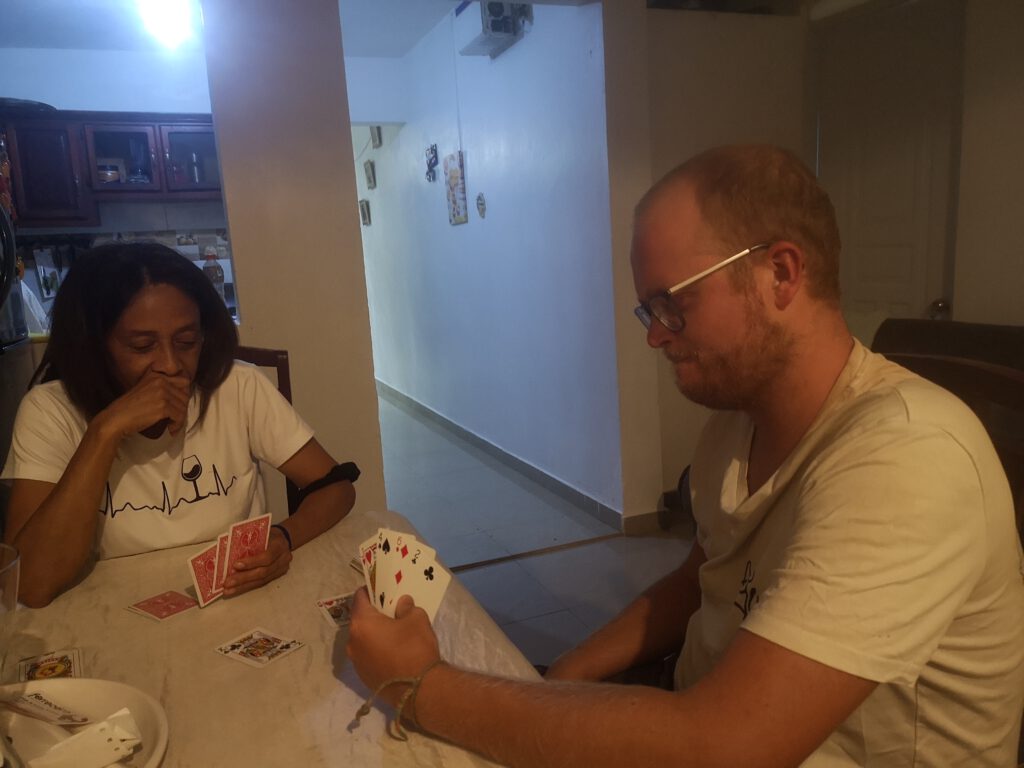
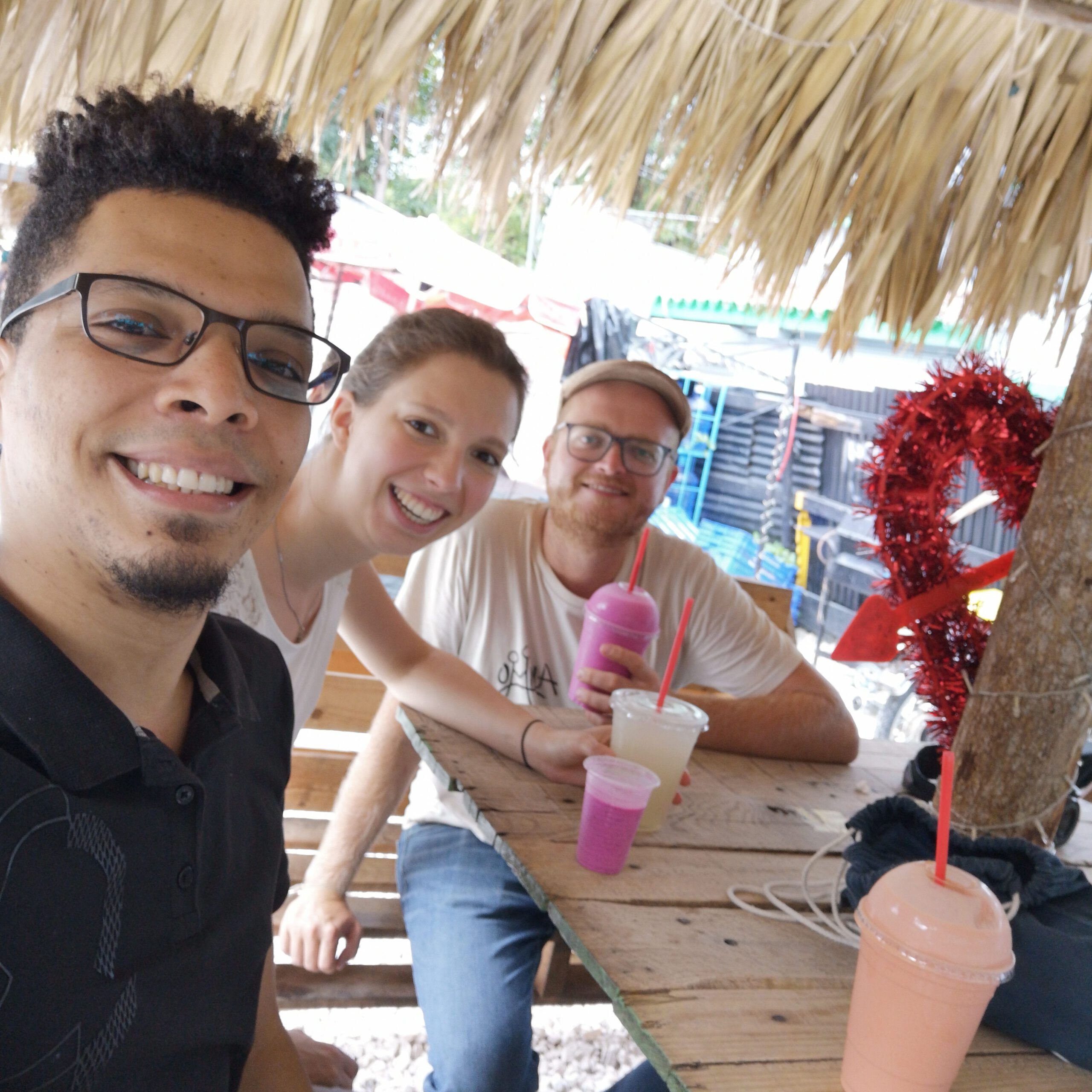
This gave me a really authentic insight into the life of the Dominicans. Part of it is also that we thought carefully about when we took what with us, because it is not uncommon for people to be robbed, especially in the regions around Santo Domingo. This has also happened to Sabiel. But if you know what to look out for and follow the tips of the locals, the Dom Rep is a pretty safe country, that was my impression.
Especially in the more touristy regions it is even safer, like in the north in Cabarete, where I spent 3 days surfing. Cabarete is known as a wind surfing mecca. Unfortunately, there was no wind during the days I was there, so I “only” surfed waves. But I made good progress 🙂

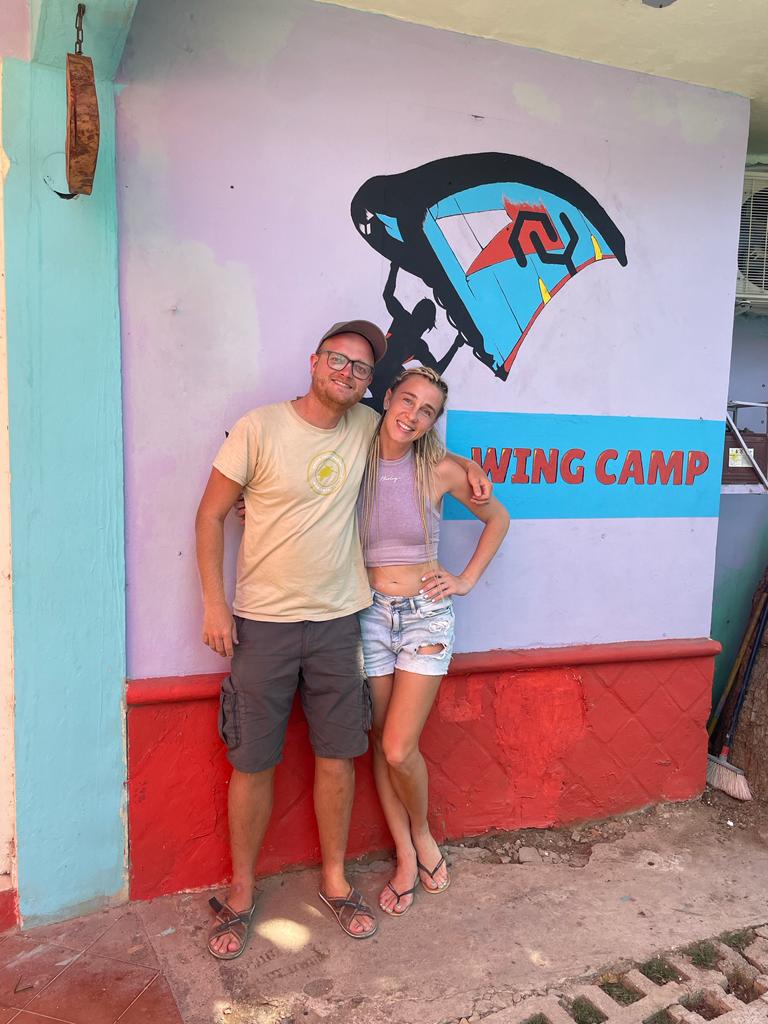
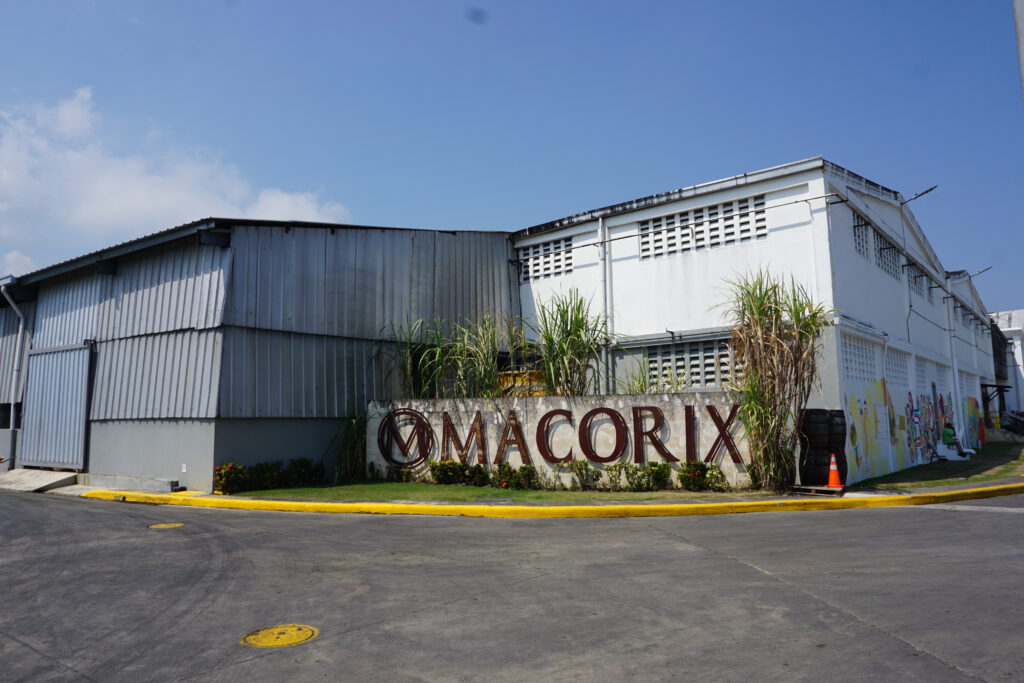
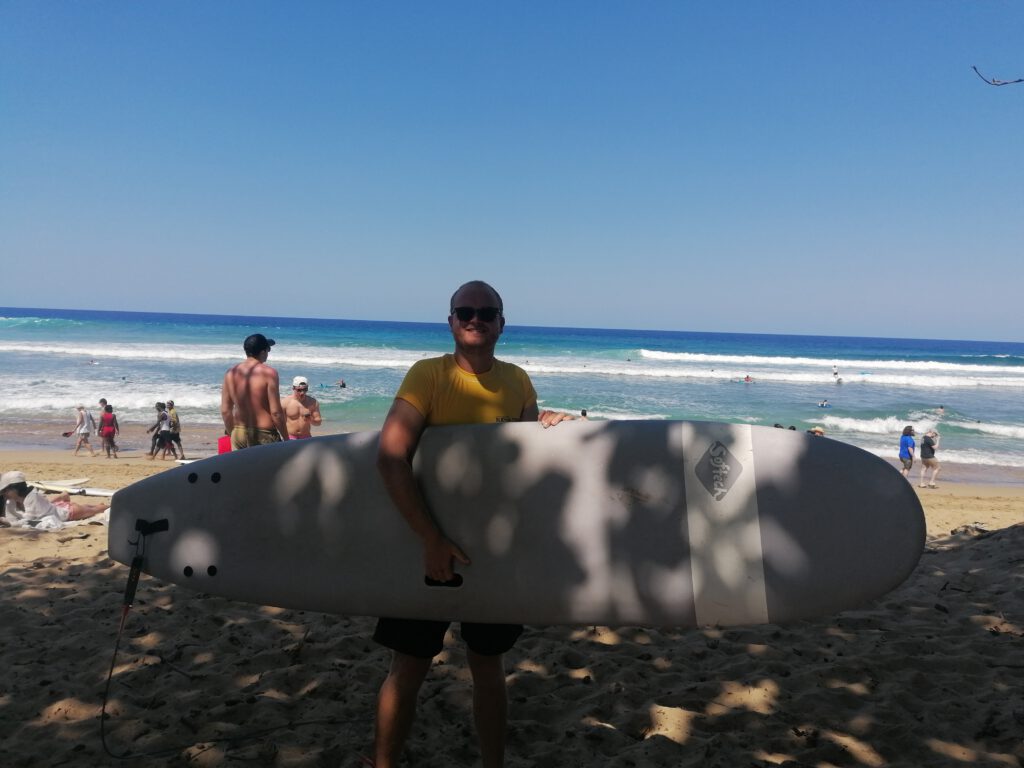

On the other hand, Cabarete is also known for its nightlife, which I immersed myself in! The music in the clubs, however, is really extremely loud. And not only in the clubs: Overall, the Dom Rep was the loudest country I’ve been to so far. In most colmados – these are small shops on practically every street corner – speakers are set up and it is not uncommon for the music to be turned up so high that the shop assistants can hardly understand you.
Of course, I couldn’t miss a visit to a rum distillery in the Dom Rep, so I visited the Casa de Ron Macorix in Puerto Plata before leaving the north.
All in all, I had a very intensive time in the Dom Rep, during which I got to know different regions and habitats of the country and was thus able to get a good impression of the country. I remember the beautiful beaches just as much as the loud, happy music and the people I was able to get to know. I would have liked to stay longer, but I also wanted to visit Cuba before travelling on to Mexico.
I will gladly come back and can only recommend the country! By the way, I don’t give any specific travel tips in my blog posts because I think that not all readers will be travelling to the Dom Rep any time soon and I simply want to describe impressions from my visits.
But if you are travelling to the Dom Rep or another country I’ve visited, please feel free to write to me. I’m happy to give you tips – also personalised depending on what you’re looking for.

